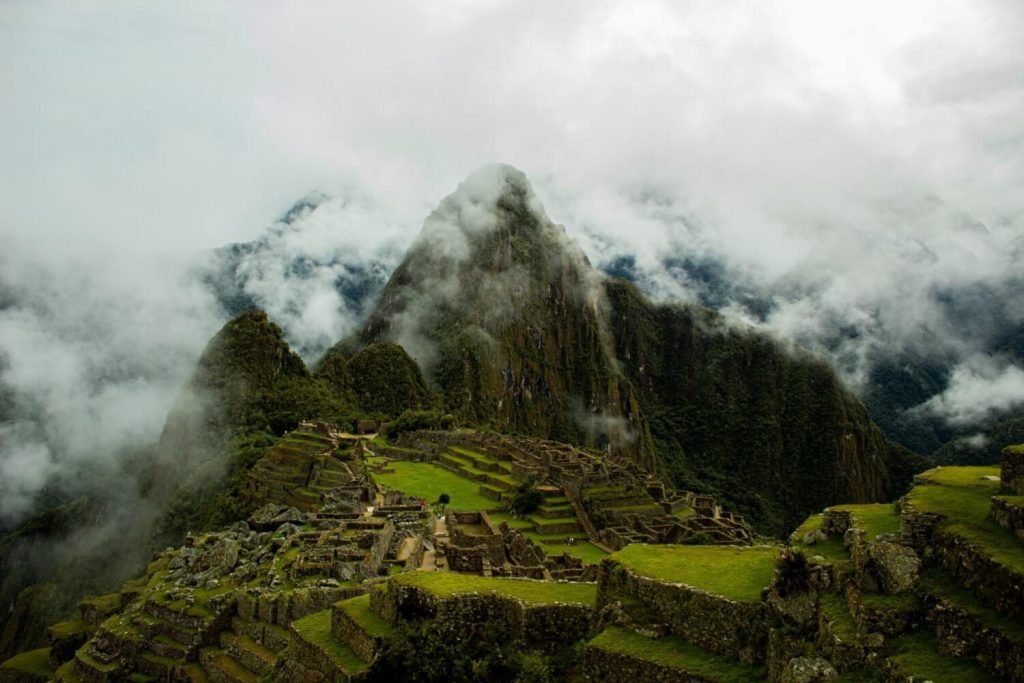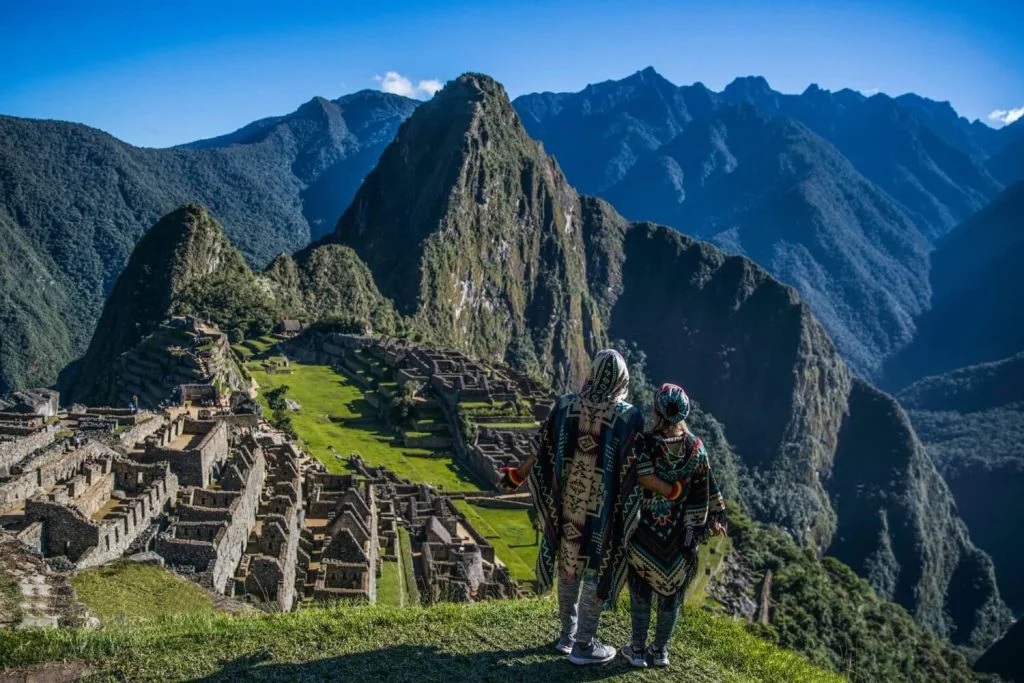Machu Picchu is often referred to as the “lost city of the Incas“, but this denomination can cause some confusion. Although it is called the “lost city,” Machu Picchu was not completely forgotten or unknown to the local communities of the region. Its inhabitants knew of its existence and, over time, some people visited and explored the site. However, the city was beyond the knowledge and reach of most people, including the Spanish colonial authorities who dominated the region after the fall of the Inca Empire.
Machu Picchu gained greater recognition and notoriety when the American archaeologist Hiram Bingham led an expedition in 1911 that revealed the city to the Western world. Since then, it has become a major tourist destination and a UNESCO World Heritage Site.
Machu Picchu and its Designation as a Lost City
The term “lost city” to Machu Picchu is used to evoke the feeling of a hidden and mysterious ancient city, shrouded in legends and stories. The remote location and difficulty of access to Machu Picchu, situated on a mountaintop in the dense forests of the Peruvian Andes, contributed to this sense of “lostness” prior to its discovery by Bingham.
However, it is important to emphasize that Machu Picchu was not a city in the traditional sense. It was an urban complex made up of residences, temples, agricultural terraces and other structures. It was an important place for the Incas, for ceremonial, religious and administrative purposes.
Today, MachuPicchu continues to fascinate and enchant visitors from all over the world. Its unique combination of natural beauty, ancient history and impressive architecture make it one of the wonders of the modern world. The designation of Machu Picchu as a “lost city” adds a romantic element to its history. It is important to know that, although it was forgotten for some time, Machu Picchu was never totally abandoned nor was it unknown to the local communities.
Hiram Bingham’s Machu Picchu expedition group

In the search for Machu Picchu, the renowned archaeologist Hiram Bingham had the collaboration of several people. They played important roles in the discovery and exploration of the site. Although Bingham is often credited with the “discovery” of Machu Picchu. However, it is essential to recognize the contribution of the local inhabitants and other members of his team.
The Collaboration of the Locals in the Discovery
During his 1911 expedition, Bingham was assisted by local farmers who knew of Machu Picchu’s existence. One of the main collaborators was Melchor Arteaga, a resident of a nearby community called Mandorpampa. Arteaga guided Bingham to the site and provided him with crucial information about the region and access routes.
Another key figure was a young farmer named Pablito Alvarez. He was the first to accompany Bingham and Arteaga to the ruins of Machu Picchu. He guided them through steep trails and dense forests. Pablito’s courage and experience were essential to the success of the expedition.
The Role of Bingham’s Team
Bingham also counted on the collaboration of the Peruvian government. The then president of Peru, Augusto B. Leguía, supported the expedition financially and granted special permits for archaeological exploration. The Peruvian government recognized the historical and cultural importance of Machu Picchu. In addition, it believed that its discovery could boost tourism in the region.
Collective Contribution
Bingham’s team also consisted of other dedicated members. Richard Evans, an explorer and engineer, and Harry Lyons, a surveyor, helped map and document the site. In addition, local transporters, known as “cholos,” were instrumental in transporting equipment and supplies into the mountains.
Importantly, Hiram Bingham led the expedition and played a crucial role in making Machu Picchu known to the western world. However, he was not alone in this endeavor. The collaboration and knowledge of the local inhabitants and the members of his team were essential for the discovery and exploration of this archaeological treasure.
Therefore, in telling the story of the discovery of Machu Picchu, it is important to recognize and value the collective work. The contribution of all the people involved, both the local inhabitants and the members of Bingham’s team.





